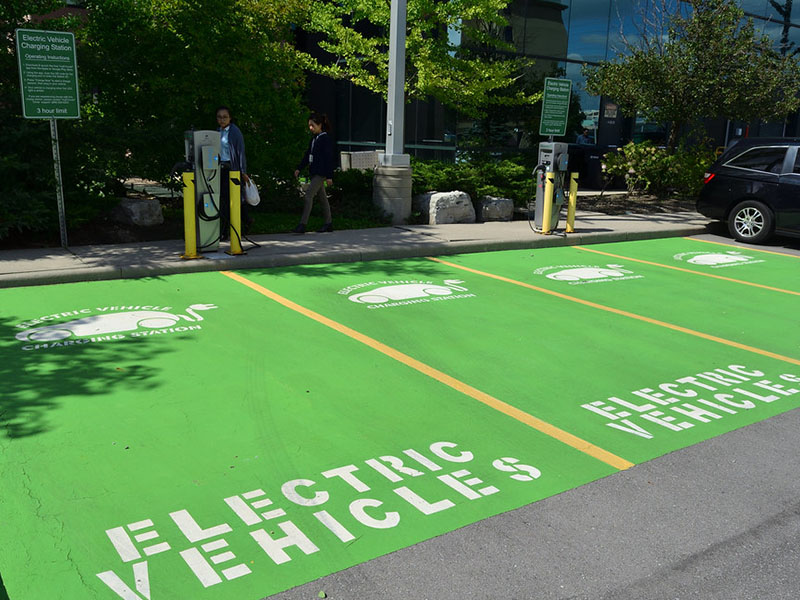Projects
Accelerating the Adoption of Electric Vehicles, Electric Trucks, and EV Charging Infrastructure
DGA helps businesses make informed decisions about options for use of electric vehicles and electric trucks and installation of electric vehicle charging infrastructure
Many businesses are working to reduce emissions of carbon dioxide and other air pollutants through corporate social responsibility, sustainability, and emissions reduction programs. The transportation sector is now the largest source of greenhouse gas emissions in the United States, providing a significant opportunity to reduce greenhouse gas emissions. Businesses can help to reduce these emissions though adoption of electric vehicles and trucks, as well as deployment of electric vehicle charging stations that could serve the public as well as their own fleets and employees. Learn more about DGA’s work products related to the adoption of electric vehicles and infrastructure.


